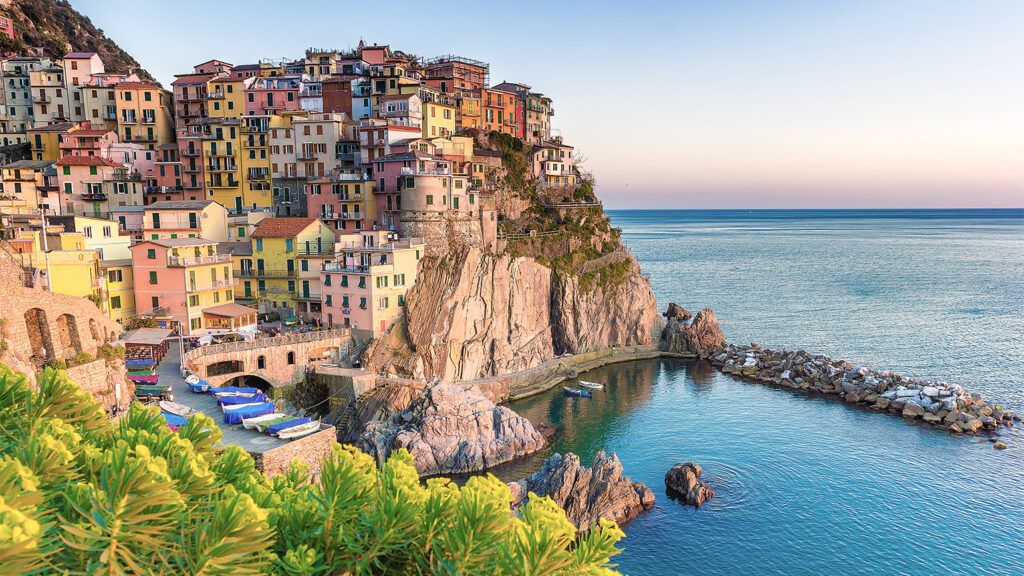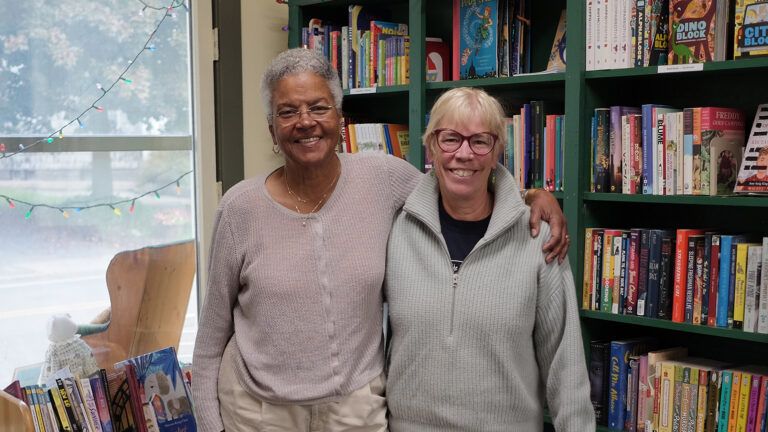There’s an old saying, “if you have a heart and a shirt, sell your shirt and go to Italy.” At age 22, with not much more than a shirt—money I’d earned from painting my sister’s house and doing odd summer jobs—I’d had enough to buy a ticket to Italy and stay there for a little while. I had just finished college and didn’t know what I wanted to do with my life, but I figured whatever it was would be more interesting in Italy.
I packed a portable typewriter in my Scotch plaid suitcase, kissed my parents goodbye and made my way by jet, boat and train to Florence, where I assumed I could live cheaply in a rented room and on mounds of authentic Italian pasta. I dreamed of singing in a choir, darting into ancient churches on a whim to feast on the art, writing the Great American Novel and practicing my college Italian with new friends. For money, I’d find a job teaching English.
 I thank God my parents didn’t say, “Don’t you think you should have some firmer plans before you go?” They trusted me—or what they didn’t trust, they left for the angels to look after.
I thank God my parents didn’t say, “Don’t you think you should have some firmer plans before you go?” They trusted me—or what they didn’t trust, they left for the angels to look after.
I stayed for two years, and all those things I dreamed about came true, everything but the Great American Novel (there’s still time for that). I sang in the chorus of the Duomo and the choir of St. James’ Episcopal Church. I studied opera, gave concerts. I taught housewives and Italian NATO officers and university students to say things like “How nice to meet you,” and I savored all the art on the walls and in the windows and on the floors of mindbogglingly beautiful churches, to say nothing of the glorious food.
Most of the old masters that we see in America hang in museums, which are rich resources, to be sure. Still, there’s something about seeing a statue or fresco or painting in the place in which the artist intended it to live. Context is everything. From my garret apartment in Florence, I could dash down five flights to a small Baroque church, where a masterful painting showed Christ being taken down from the Cross, his mother in despair. In between teaching and writing and singing, I could sit there and absorb the scene, meditating on it.
I loved dropping by the Church of Santa Maria del Carmine, just steps from my place, and gazing at Masaccio’s luminous portrayal of the disciple Peter picking a coin out of a fish’s mouth to pay the temple tax. And on my frequent trips to Rome, I always tried to see Caravaggio’s painting of the Apostle Paul, thrown from his horse on the road to Damascus and in blind ecstasy on the ground, the words of Jesus ringing in his ears.
When these works were created, most people couldn’t read. This was how they learned the stories from the Bible, by seeing them come alive in art. Even today, all these years later, when I open my Bible, it’s these inspired depictions that come to me, God’s word in living color. These works are perhaps the greatest artistic expression man has ever achieved.
I did indeed make good Italian friends—one of them was recently visiting the States with his wife and daughter, challenging my command of more than a few forgotten nouns and verbs. Years ago, he used an Italian word that I still treasure, one that doesn’t quite mean the same thing translated into English. “Carissimo,” he called me, the superlative of “dear” with that “issimo” suffix, with all the enthusiasm, warmth, kindness and a bit of hyperbole conveyed over its four syllables. Like Jesus calling his disciples his beloveds.
That old saying isn’t far from wrong. If you have a heart and shirt, sell the shirt and go to Italy. Your heart will be glad. Mine was and is. I’ve gone back again and again with my wife, my kids, my friends, discovering new things every time. Art, food and a wonderful people—Italy never disappoints.
Join Rick and other Guideposts readers on a trip to Southern Italy and Rome this fall. For details, call 877-902-8687 and mention Guideposts or go to https://www.gocollette.com/guideposts.
For more inspiring stories, subscribe to Guideposts magazine.




